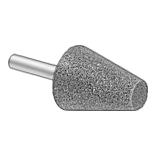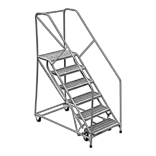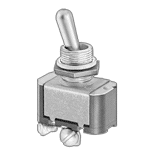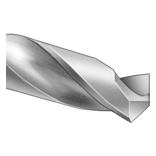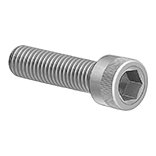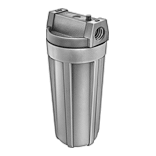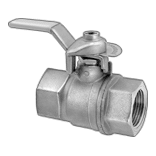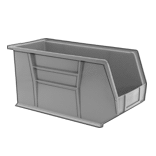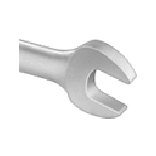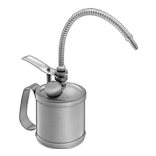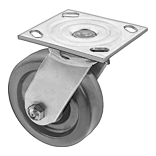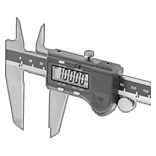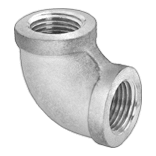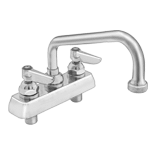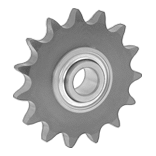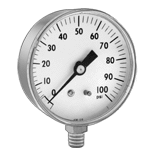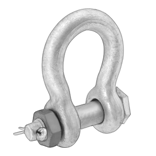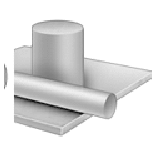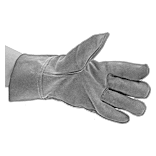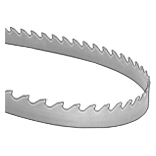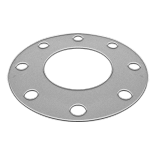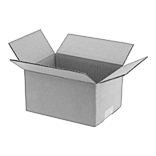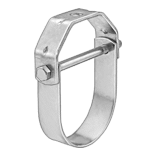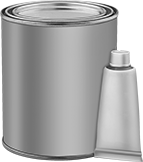Filter by
Hardness Rating
Hardness
Thermal Conductivity
Color
Dielectric Strength
Formulation
Container Size
RoHS
Material
Maximum Temperature
Manufacturer Model Number
Tensile Strength
Overall Dry Time
Consistency
Clarity
REACH
Minimum Temperature
Specifications Met
DFARS Specialty Metals
Export Control Classification Number (ECCN)
Mix Ratio
Touch Dry Time
Mixing Required
Two-Part Silicone Rubber Potting Compounds
Cans and Tubes
Dry Time | |||||||||||||||||||||||||||||||||||||||||||||||||||||||||||||||||||||||||||||||||||||||||||||||||||
|---|---|---|---|---|---|---|---|---|---|---|---|---|---|---|---|---|---|---|---|---|---|---|---|---|---|---|---|---|---|---|---|---|---|---|---|---|---|---|---|---|---|---|---|---|---|---|---|---|---|---|---|---|---|---|---|---|---|---|---|---|---|---|---|---|---|---|---|---|---|---|---|---|---|---|---|---|---|---|---|---|---|---|---|---|---|---|---|---|---|---|---|---|---|---|---|---|---|---|---|
Mfr. Model No. | Container Size, fl. oz. | Consistency | Touch, min. | Overall, hr. | Dielectric Strength, V/mil | Thermal Conductivity, W/(m⋅°C) | Temp. Range, ° F | Specs. Met | For Use On | Color | Each | ||||||||||||||||||||||||||||||||||||||||||||||||||||||||||||||||||||||||||||||||||||||||
Momentive Potting Compounds—Medium Soft | |||||||||||||||||||||||||||||||||||||||||||||||||||||||||||||||||||||||||||||||||||||||||||||||||||
| RTV11 | 16 | Thick Liquid | 90 | 24 | 515 | 0.29 | -65 to 400 | Fed. Spec. A-A-56023 | Aluminum, Brass, Bronze, Copper, Steel, Stainless Steel | White | 00000000 | 0000000 | |||||||||||||||||||||||||||||||||||||||||||||||||||||||||||||||||||||||||||||||||||||||
EachIn stock | |||||||||||||||||||||||||||||||||||||||||||||||||||||||||||||||||||||||||||||||||||||||||||||||||||
